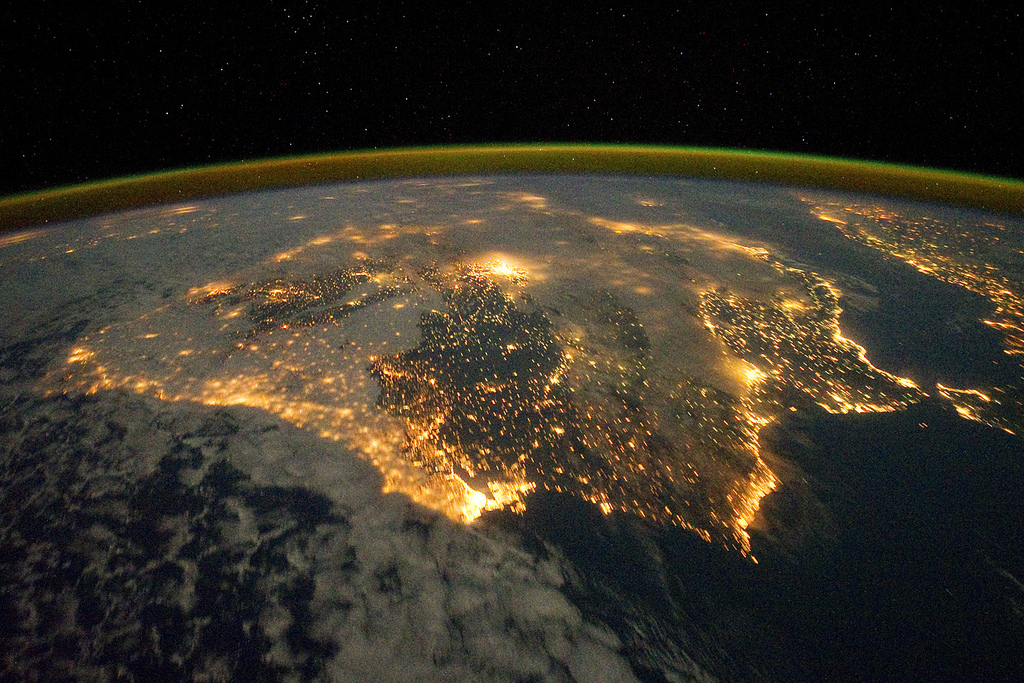Spain and Morocco have signed a memorandum of understanding (MoU) concerning the construction of a power interconnector between the two countries.
Spanish electricity grid operator Red Eléctrica de España (REE) and Moroccan counterpart, L’Office National de l’Électricité et de l’Eau Potable, are responsible for the analysis necessary for the project, which is expected to have a technical capacity of 700 MW and to be commissioned before 2026.
Connecting Europe to Africa
Spain’s two existing links to Morocco are Europe’s only electricity interconnections with the African continent.
A 28 km subsea interconnection with a technical capacity of 700 MW was commissioned in 1997 and started commercial operation in May 1998, offering Spanish and Moroccan energy stakeholders the opportunity to forge bilateral, short-term power contracts.
A second electricity interconnection, of the same technical capacity and 31.3 km long, was commissioned in the summer of 2016.
The new interconnection will cost up to €150 million with Spain footing half the bill, according to REE, but could generate revenue of up to €140 million for the Spanish electricity system from tolls and congestion payments.
Solar PV dreaming?
“The construction of the third link between Spain and Morocco … will allow the integration of renewable energy, mainly photovoltaic, into the European [electricity] system,” said REE.
The transmission system operator said PV power could come from Morocco’s “ambitious development plan of solar energy … which consequently will reduce the marginal price of electricity in the Spanish market”.
However, such projections would depend on the business models used for the operation of the new connection.
A paper on the “business model for cross-border interconnection in the Mediterranean basin”, by the Oxford Institute of Energy Studies at the University of Oxford, stated: “One of the reasons that previous projects such as Desertec [a plan to transfer solar power from North Africa to Europe] have stalled is that they were designed around a one-dimensional business model, i.e. the export of renewable [power] from North Africa to Europe.”
That model has two potential problems, said the study. Firstly, demand for electricity in EU countries can be stagnant, and secondly: “Demand in many North African countries is increasing, casting doubt over whether or not these countries will have enough supply to be reliable exporters to the EU.”
“In order for projects of these kinds to be viable,” the paper added, “they need to be developed around market synergies, integrated markets and complementarity.”
Perhaps that is why, on top of the Spanish-Moroccan MoU, a second collaboration agreement between the countries has been formed, “to establish a strategic partnership on energy, whose objectives will be focused on the integration of networks and energy markets, the development of renewable energy and energy efficiency”, said REE.
In other words, Spain and Morocco need to communicate their future energy scenarios and together examine ways existing and future interconnections can serve those scenarios.
Moroccan PV or Moroccan coal?
The current annual balance of electricity exchanges using the existing interconnections between Spain and Morocco has the former as an electricity exporter.
In 2017, for example, “the average utilization rate of the exchange capacity of this interconnection in the export direction was 77%, a value that exceeds the utilization rate of the previous year by three percentage points,” said REE.
Given Spain wants 100% renewable electricity by 2050 as part of its climate change strategy, its status as an energy exporter may change.
But that is far from certain. At the end of last year, Moroccan electricity exports to Spain increased thanks to a new 1.4 GW coal power plant that started operating in December at Cap Ghir Safi. Morocco’s electricity surplus in December was also helped by a wet season, which resulted in higher hydro power output.
Although Spain wants to transition to renewable energy as a means to reduce its carbon footprint, it could end up importing cheap electricity from Moroccan thermal units.
This content is protected by copyright and may not be reused. If you want to cooperate with us and would like to reuse some of our content, please contact: editors@pv-magazine.com.



This is why we need carbon border taxes. Morocco is one of the leaders in MENA in tapping theregion’s practically unlimited solar resources. A pity it is going for coal too.
I thank the management of Morocco electricity project in increasing electricity in other parts of the world. Am so glad when the heading reaches me. If I may ask how my country sierra Leone can achieve this facility as we suffer extremely interms of electricity and we are all Africans in west.